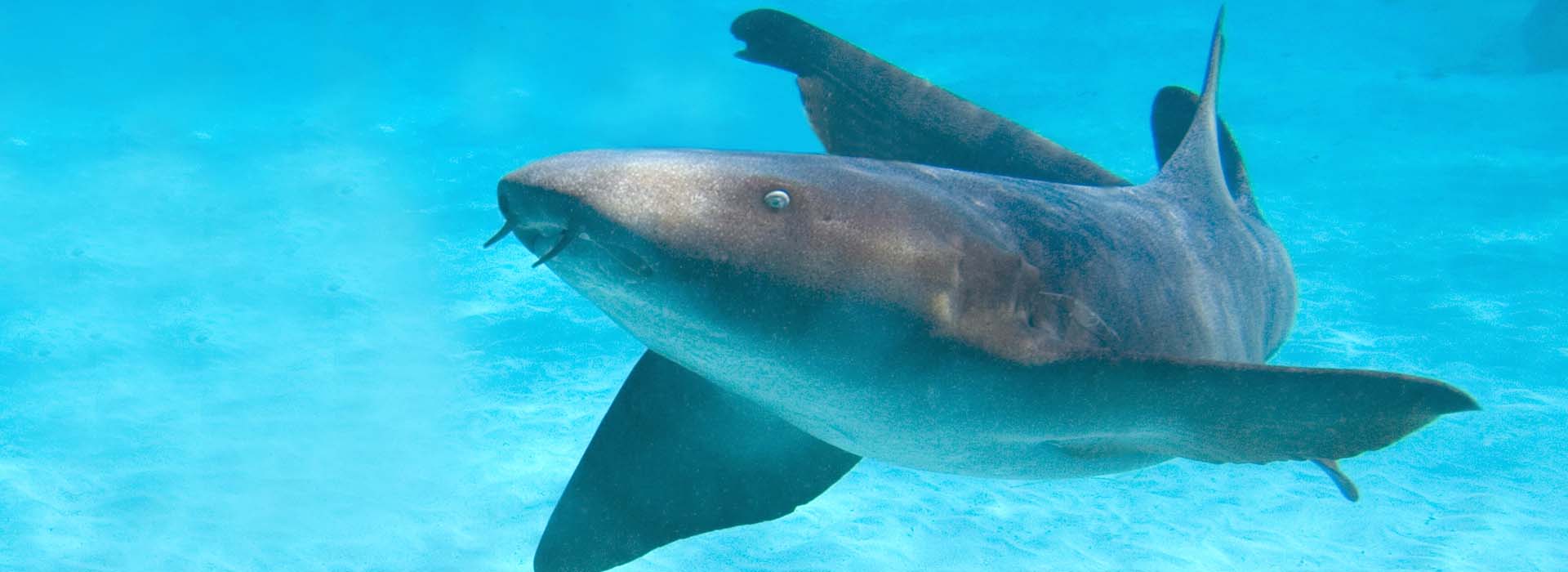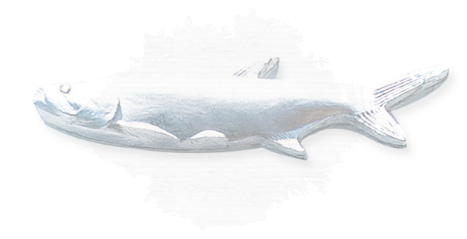Rays and Sharks Tour
11:45 am | 2:45 pm
Rays and sharks belong to the same family! Learn about these amazing fish as the guide offers them food and shares the wonders of these beautiful creatures.
Things To Know About Sharks in Key West
The Discovery Channel’s Shark Week gaining popularity has raised many questions about sharks, their behavior, and their habitat. For those afraid of the water or who live in landlocked cities and don’t experience the ocean daily, the fear and mystery surrounding sharks and their threat to humankind is only amplified. Every summer, news watchers are alerted of shark attacks at local beaches that further stoke the hysteria. While there’s no doubt that sharks are the apex predators of the sea, they’re often misunderstood and unreasonably vilified.
Key West is a small island surrounded by both the deep and shallow waters of the Gulf of Mexico and the Atlantic Ocean. It’s home to the third-largest barrier reef in the world, with a thriving marine ecosystem that makes for exciting snorkeling adventures. The ocean is a shark’s natural habitat, meaning they are in Key West’s waters. But before you go running back to shore with the Jaws theme song playing in your head, slow down and learn about the sharks of Key West and how to stay safe while having fun.
Sharks Found in Key West
Nurse Sharks
Key West’s most common shark is the nocturnal, nonaggressive nurse shark. When snorkeling or diving, you can spot these sharks sleeping on the seafloor underneath a coral ledge or in the mangrove roots. Although they may appear sluggish, nurse sharks are surprisingly fast and strong and can suction bottom-dwelling organisms in their bellows-like mouths with exceptional force and speed. Their suction power has been compared to the force of 10 vacuum cleaners! They feed primarily at night on spiny lobsters, other crustaceans, small stingrays, sea urchins, squid and bony fishes.

Nurse sharks, Ginglymostoma cirratum, have a flat body, which helps them squeeze into tight places. They range in color from light tan to dark brown and have dark polka dot spots as juveniles. Their broad, rounded head, with two conspicuous barbels between the nostrils, is well-suited to finding food in tight spaces under the reef. Their mouth holds three rows of small serrated teeth for grabbing and crushing hard-shelled prey. Suppose you spot one while in the water; enjoy the view from a safe distance before it swims away. Their strong jaws can do some damage, though, so don’t do anything that would make it strike out in self-defense.
Sandbar Sharks
As the name suggests, sandbar sharks, Carcharhinus plumbeus, prefer sandy bottom habitats near the coast. They are found worldwide in temperate coastal and tropical waters and are the most common large shark species in the Western Atlantic.
The sandbar shark is a larger species that can reach 8 feet long. It is frequently spotted swimming in shallow waters with its tall, distinctive dorsal fin breaking the surface. Sandbar sharks are effective predators and have a varied diet, feeding on fish and invertebrates like octopus and crabs. Although they may look intimidating, they are considered a nonaggressive species and tend to be shy.

Blacknose Sharks
Blacknose sharks, Carcharhinus herodotus, are a small shark species averaging 4 feet in length. They are found in coastal tropical waters and the warm temperate waters of the western Atlantic Ocean. They are easily recognizable by their elongated snout, which has a distinct dark blotch on the end when they are juveniles but may lighten as they age.
Blacknose sharks are fast predators that feed on small fish, cephalopods, and crustaceans. They are a nonaggressive species and have never been reported in a shark attack.

Lemon Sharks
Lemon sharks, Negaprion brevirostris, are a larger species of shark commonly found in the shallow waters of the Florida Keys. They can grow up to 11 feet and are recognizable by their yellow coloration and two equally sized dorsal fins. They are a social species, often seen in groups within a defined home range. This species is commonly seen during shark feeding excursions in the Florida Keys and is not considered a threat to humans.

There are inherent risks involved in many recreational activities we participate in. Still, people use their judgment to decide whether the risk is worth the reward and may take steps to reduce the risk as much as possible. Sharks pose a risk when we enter the ocean, though tiny, so avoiding situations most likely to cause a bite is wise. Many shark attacks occur in low-visibility conditions, including murky water and high surf. Sharks rely on special senses to find their food in these conditions and can mistake the signals given off by people for their intended prey. This typically results in a bite and retreat encounter, where the shark realizes it has made a mistake and leaves. The more dangerous attacks are typically in deeper water, or near drop-offs where larger shark species hunt. Participating in activities involving boards or flotation devices increases your risk. Some easy ways to lower your risk of a shark attack include:
- Avoid low-visibility or murky water.
- Do not swim during low-light hours when sharks are most actively hunting.
- Avoid areas where people are fishing or where there is activity from prey species.
- Don’t wear shiny jewelry or contrasting-colored bathing suits.
- Swim in a group.
- Avoid splashing, especially in one spot, as this sounds like distressed prey.
- Stay close to the shore.
More Information
Please contact us for additional information regarding shark tours at the Key West Aquarium.


